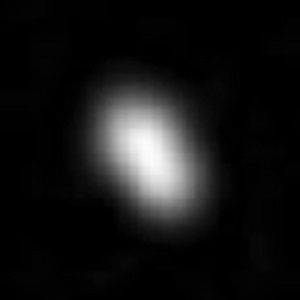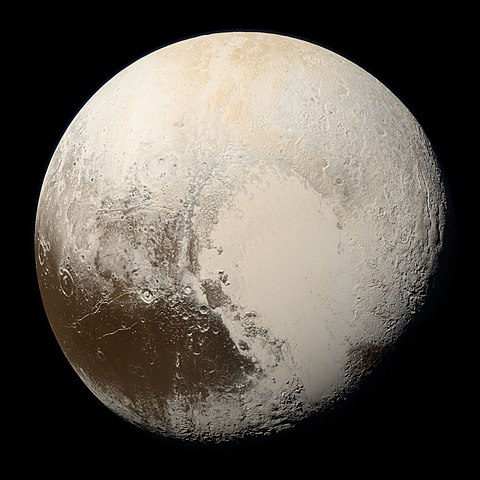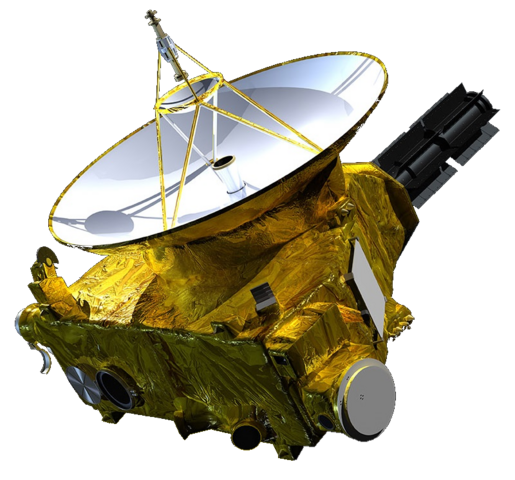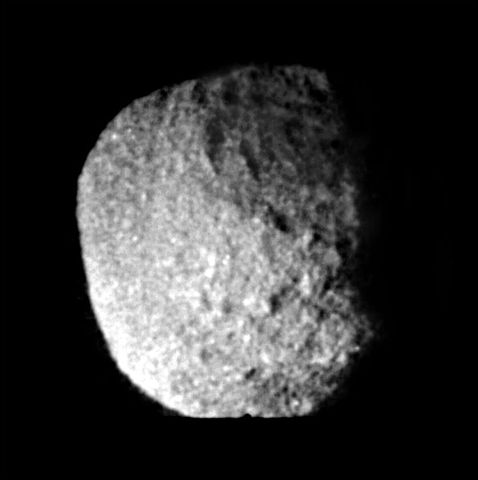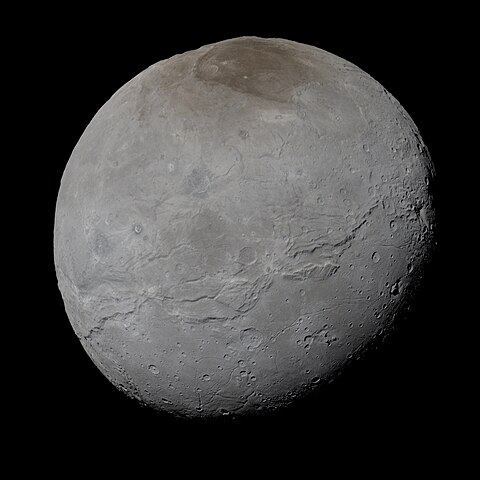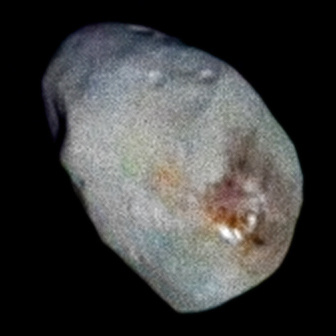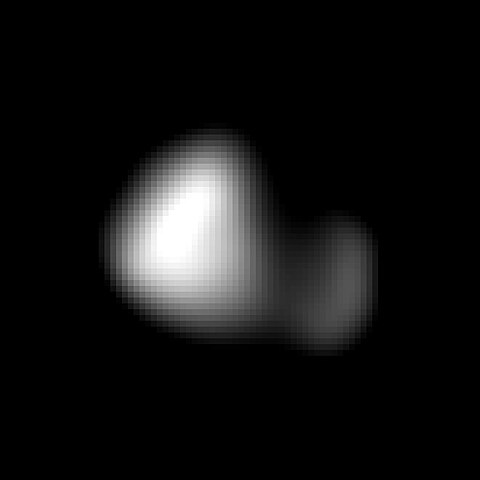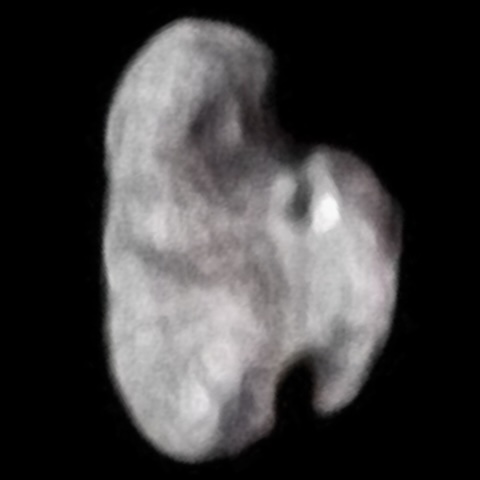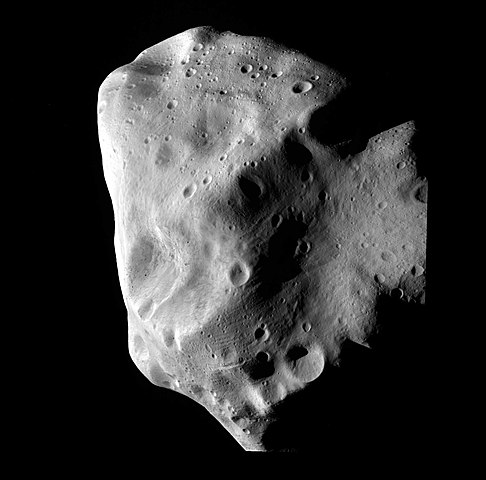1 day / second
0.5 AU
Styx
Moon of Pluto
A tiny irregular moon, roughly 5-7 kilometers in diameter, discovered in 2012 orbiting in the same plane as Pluto's other small satellites.
Key Facts
learn more | Wikipedia |
mass | 7.5000e+15 kg |
radius | 6 km |
semi-major axis | 42,656 km |
eccentricity | 0.006 |
inclination | 0.809º |
longitude of the ascending node | 183.4º |
argument of periapsis | 296.1º |
orbital period | 21.729 days |
sidereal rotation period | 3.24 days |
axial tilt | 82º |
surface gravity | 0.001 g |
discovery date | June 26, 2012 |
discovered by | Mark Robert Showalter using the Hubble Space Telescope |
name origins | Named after Styx, the mythological river that formed the boundary between Earth and the Underworld |
dimensions | Approximately 18 km in diameter |
Parent Dwarf Planet
134340 Pluto
A frigid dwarf planet orbiting in the distant Kuiper Belt, characterized by its reddish-brown coloring, prominent heart-shaped plain, thin nitrogen atmosphere, and five moons including its largest companion Charon.
Spacecraft Visits
New Horizons
Flyby
Launched in 2006, visited in 2015
New Horizons captured images of Styx from a distance of 139,000 kilometers during its historic Pluto system flyby in July 2015, revealing it to be a small, irregularly shaped moon approximately 16 kilometers across.
